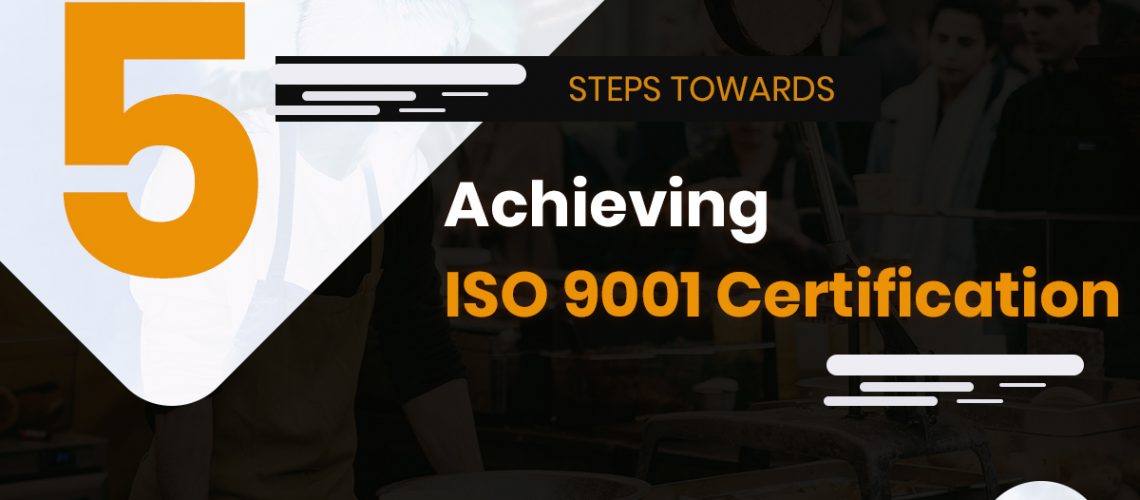


If you implement the ISO 9001 Standard in a practical way, you will receive the certification along with a number of benefits. This certification ensures that the adopted Quality Management System or QMS is able to improve business, and it is more than another set of procedures with which employees are not familiar. When you adopt and implement more efficient quality management practices, you are able to achieve a system that supports your staff. Moreover, you will be able to boost customer satisfaction by meeting their requirements. Listed below are some major benefits of ISO 9001 certification:
With this certification, you will be able to benefit your customers as well. They will reap these benefits:
In this article, we will discuss five steps that will help you reach ISO 9001 Quality Management Certification.
Step 1-Gap Analysis
Gap analysis is a process of reviewing your business against the parameters of your desired ISO standard. It figures out the areas in which your business needs further improvement. Some businesses use their internal resources for gap analysis while some businesses depend on reliable quality assurance consultants to perform gap analysis and the following steps. Through gap analysis, you will be able to determine the current state of your QMS- its weakness and strength. Once you know the current state, your task will become easier. Once this analysis is done, top management will review the analysis. This analysis acts as a pillar, and based on this pillar, preparation for compliance will be carried out.
Step 2- Certification Documentation
ISO documentation is one of the key elements of the entire certification process because this is what your business will examine during the review process. Therefore, the documentation should outline the compliance objectives and the processes your business will follow to maintain compliance with the ISO 9001 Standard.
Now you might be thinking about where you should start the preparation for documentation. You can start with a basic checklist for ISO 9001requirements. This checklist will act as a basis to prepare documentation. In this context, you should not forget that your system could never be successful without appropriate documentation. Once the documentation is prepared, it will be reviewed. This reviewing is an integral part of the auditing process.
Step 3-QMS Development
This is the time when you need to develop an effective QMS. You can develop a new QMS based on the certification and your business requirements. While developing the QMS, you should consider long-term compliance. For long-term compliance, your approach should be more efficient and firm. Once you have developed a proper QMS, you will need to implement it in your business set up.
Step 4-Implementation
Implementation plays a vital role in achieving ISO 9001 certification. As per the ISO experts, the implementation process is the lengthiest one among the quality management processes. For a perfect implementation, you may need to train your employees. They should know the right ways of dealing with the QMS, otherwise, successful implementation will be quite impossible. If you hire consultants, they can also assist your employees with implementation requirements so that you can speed up the implementation process.
To deal with the implementation process, you will need:
Step 5- Auditing and Ongoing Improvement
Auditing is an ongoing process, and you should conduct an internal and certification audit. Before the certification audit, it is important to conduct an internal audit to:
An internal audit will help you maintain the ongoing improvement, which is critical to gain ISO certification.
A Final Takeaway
A well-planned strategy will help you decide the way to your destination (ISO 9001 in this case). Instead of starting the process without any plan, you should concentrate on a plan before starting the certification process. This way, you can achieve certification without many difficulties.

Get connected with us on social networks!